The building envelope thermal insulation is one of the most critical elements in achieving energy-efficient, comfortable, and sustainable buildings. Acting as the barrier between indoor and outdoor environments, the envelope—comprising walls, roofs, floors, windows, and doors—controls heat flow, air infiltration, and moisture movement. Proper thermal insulation of the building envelope minimizes heat gain in summer and heat loss in winter, reducing the energy demand for heating and cooling systems and enhancing occupant well-being.
Over my years as an architect and researcher, I have seen how an intelligently designed, well-insulated envelope not only saves energy but also improves durability, health, and comfort—especially when tailored to the climate and context. In this guide, we will explore insulation materials, their properties, installation methods, emerging trends, and best practices.
What Is Building Envelope Thermal Insulation?
Thermal insulation refers to materials or systems integrated into the building envelope that resist the transfer of heat. Measured by thermal conductivity (W/mK) and expressed through R-value (thermal resistance) and U-value (thermal transmittance), effective insulation reduces unwanted heat flow while maintaining breathability and moisture control.
An energy-efficient building envelope has two key qualities:
Low thermal conductivity
Airtightness combined with controlled ventilation
It is important to note that insulation alone cannot achieve energy efficiency; it must be part of a holistic strategy, considering orientation, thermal mass, and ventilation. In my practice, I’ve often worked with teams who initially focused solely on adding thick insulation without addressing air leaks or moisture risks—resulting in suboptimal performance.
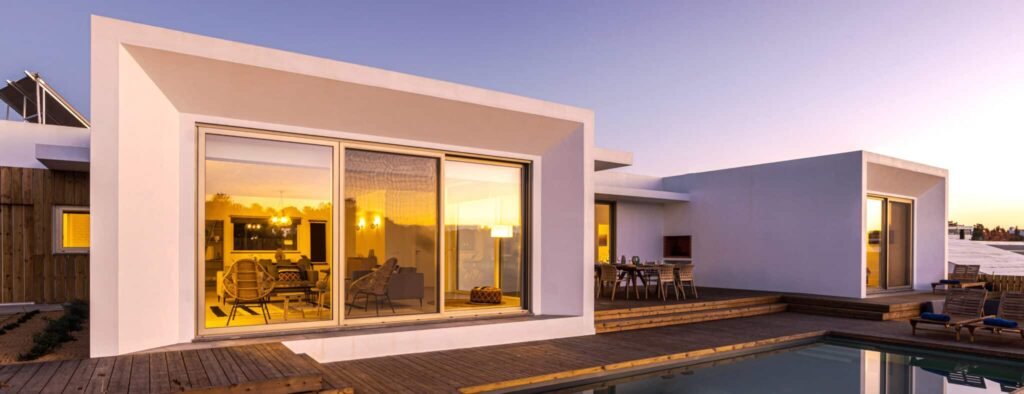
Types of Insulation Materials for Building Envelopes
Insulation materials can be classified based on their origin and performance. Each has its advantages and trade-offs, which should be weighed against the specific project requirements, climate, and budget.
1. Mineral Fiber Insulation
Examples: Rock wool, slag wool, glass wool
Pros: Fire-resistant, made from recycled materials, vapor-permeable
Cons: Loses effectiveness if exposed to moisture or poorly installed
Applications: Batts, rolls, loose fill; walls, roofs, floors
In several retrofitting projects I’ve overseen, mineral wool batts proved highly effective when paired with good vapor control layers.
2. Cellular Plastic Insulation
Examples: Expanded polystyrene (EPS), extruded polystyrene (XPS), rigid polyurethane (PUR)
Pros: High R-value per inch, moisture-resistant, long-lasting
Cons: Petroleum-based, challenging to recycle, historically linked to ozone-depleting agents (now largely replaced)
Applications: Rigid boards, spray foam, loose fill; ideal for continuous insulation
3. Plant/Animal-Based Insulation
Examples: Cellulose fiber, sheep wool, flax, cotton
Pros: Renewable, low embodied energy, good moisture buffering
Cons: Susceptible to pests and moisture if untreated, less durable than synthetics
Applications: Batts, boards, loose fill
On one sustainable housing project, we used sheep wool and cellulose to great success, achieving both high performance and biophilic appeal.
4. Phase Change Materials (PCMs)
Pros: Store heat during phase transitions, moderating indoor temperatures
Cons: Still experimental, more costly, requires encapsulation
Applications: Integrated into plasters, mortars, or panels for walls and ceilings
Emerging Trends: Innovative and Natural Strategies
Two exciting trends are redefining insulation:
Phase Change Materials
PCMs use latent heat storage to absorb or release energy as they transition between solid and liquid states. When combined with night cooling, they help mitigate overheating.
Untreated Natural Elements
Materials such as straw bales and even air gaps in cavity walls are gaining renewed interest. In one of my projects, we used straw bales cladded with fire-resistant panels—a low-cost and surprisingly effective solution.
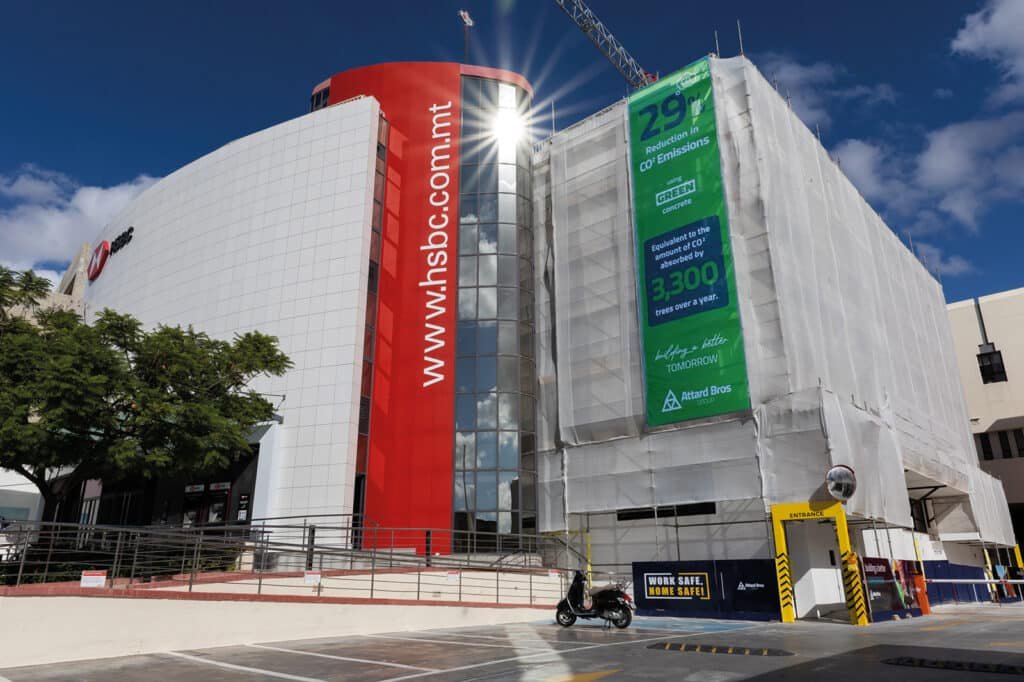
Designing for Climate and Context
Insulation strategies must be adapted to climate zones:
Cold climates: Prioritize high R-value walls and roofs, airtightness, and wind protection.
Hot-arid climates: Minimize heat gain, use thermal mass and night cooling.
Hot-humid climates: Emphasize shading, ventilation, and lightweight, breathable materials.
Temperate climates: Balance heating and cooling needs with adjustable shading and moderate insulation.
For example, in a Caribbean renovation, we focused solely on roof and west-facing wall insulation, achieving excellent comfort and energy savings without over-investing in wall insulation.
Installation Considerations: New Construction vs. Retrofit
New Construction
Insulation can be fully integrated into walls, roofs, and floors.
Ensure continuous thermal barriers with minimal thermal bridges.
Select materials that fit the construction method (e.g., rigid boards for exterior sheathing, batts for stud walls).
Retrofit
Key challenge: identifying viable locations without compromising existing structure.
Common solutions: interior lining with insulated plasterboard, cavity wall fill, roof-space insulation.
One critical point I emphasize in training workshops: retrofit installations must respect vapor diffusion and avoid trapping moisture.
Socio-Economic and Environmental Impacts
Thermal insulation has far-reaching benefits:
Energy savings & reduced emissions: Less reliance on fossil fuels.
Occupant comfort & health: Stable temperatures, reduced drafts, improved air quality.
Economic development: Supports manufacturing, jobs, and technology transfer.
In Europe alone, insulation industries employ hundreds of thousands; similar opportunities await developing nations if supported by sound policy and local capacity building.
Building envelope thermal insulation is a cornerstone of sustainable architecture—essential for reducing energy demand, improving comfort, and protecting the environment. Selecting the right materials and installation methods, tailored to climate and building type, delivers long-term benefits. Insulation is not just a technical necessity but an ethical responsibility, enabling us to build in harmony with the planet.
As designers, builders, and occupants, our challenge is to move beyond minimum code compliance toward high-performance, climate-responsive envelopes that truly contribute to ecological resilience.
References
CTCN: Building envelope thermal insulation — Energy Efficiency
Thermtest: Building Envelopes & Energy Efficiency
Carter, Riley. Ecological Architecture: A Practical Guide. 2025.

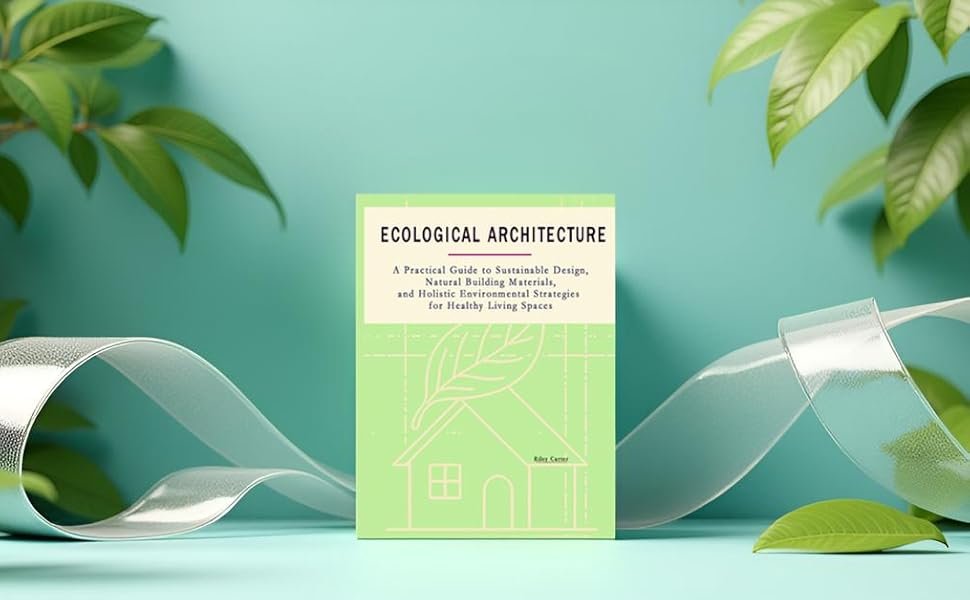
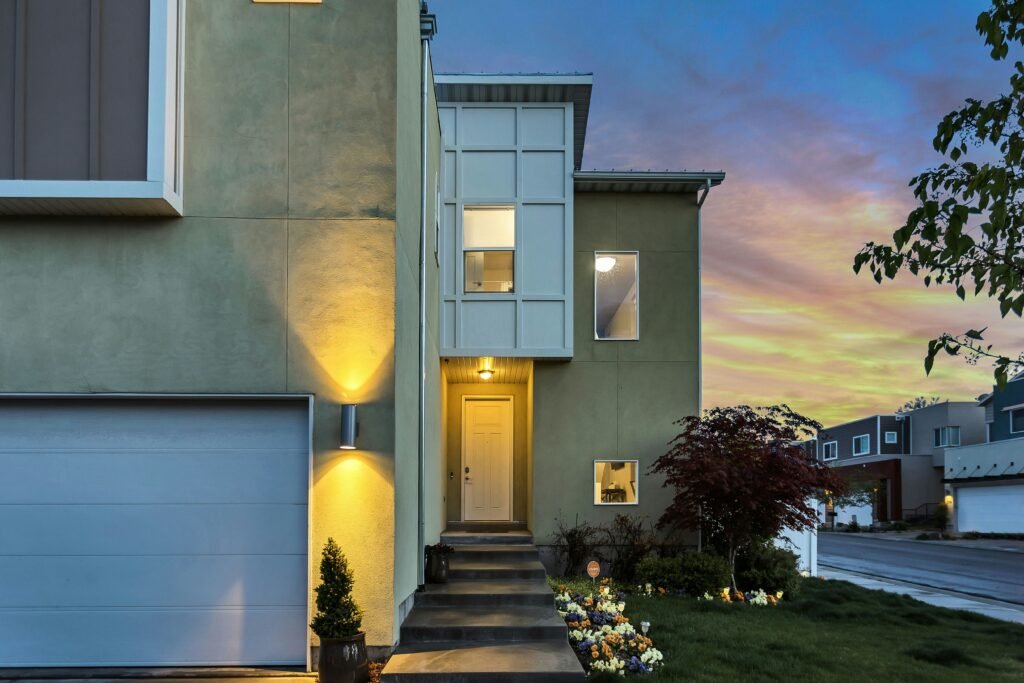
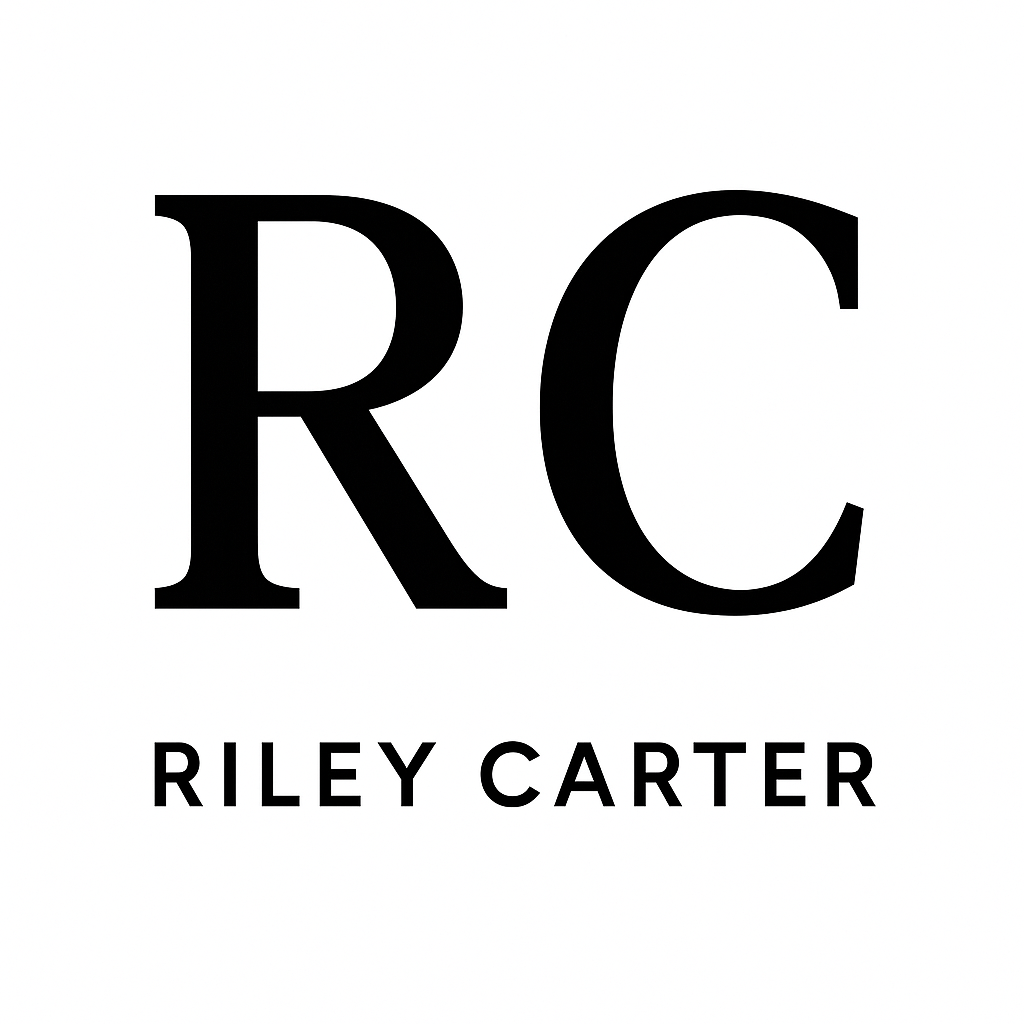
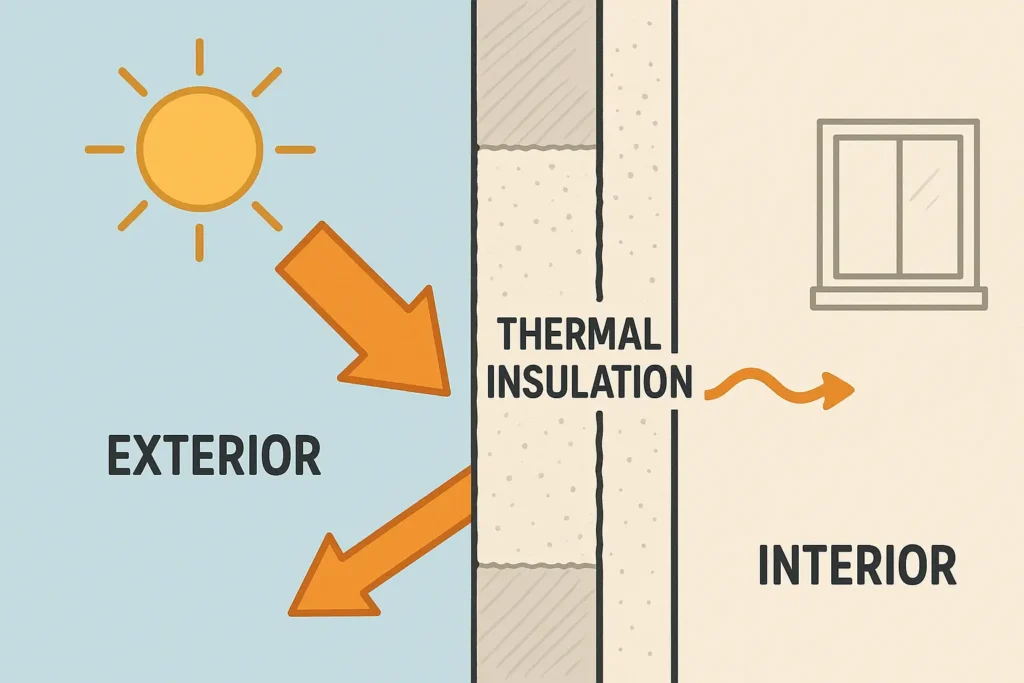
Pingback: Green Building Principles: The Core Foundations of Ecological Architecture Riley Carter Architecture